What Happens to Your Body When You Eat Apples

Apples are versatile, easily available, inexpensive, and perfect to have both at home and outside. "Apples are popular for a reason," registered dietitian Amber Sommer, RD, LD, tells the Cleveland Clinic. "They're easy to eat on the go, and they taste terrific. But what most people don't know is that eating them regularly over time can provide a big health boost." Here are 10 health benefits of apples that will encourage you to keep them in rotation.
Gut Health
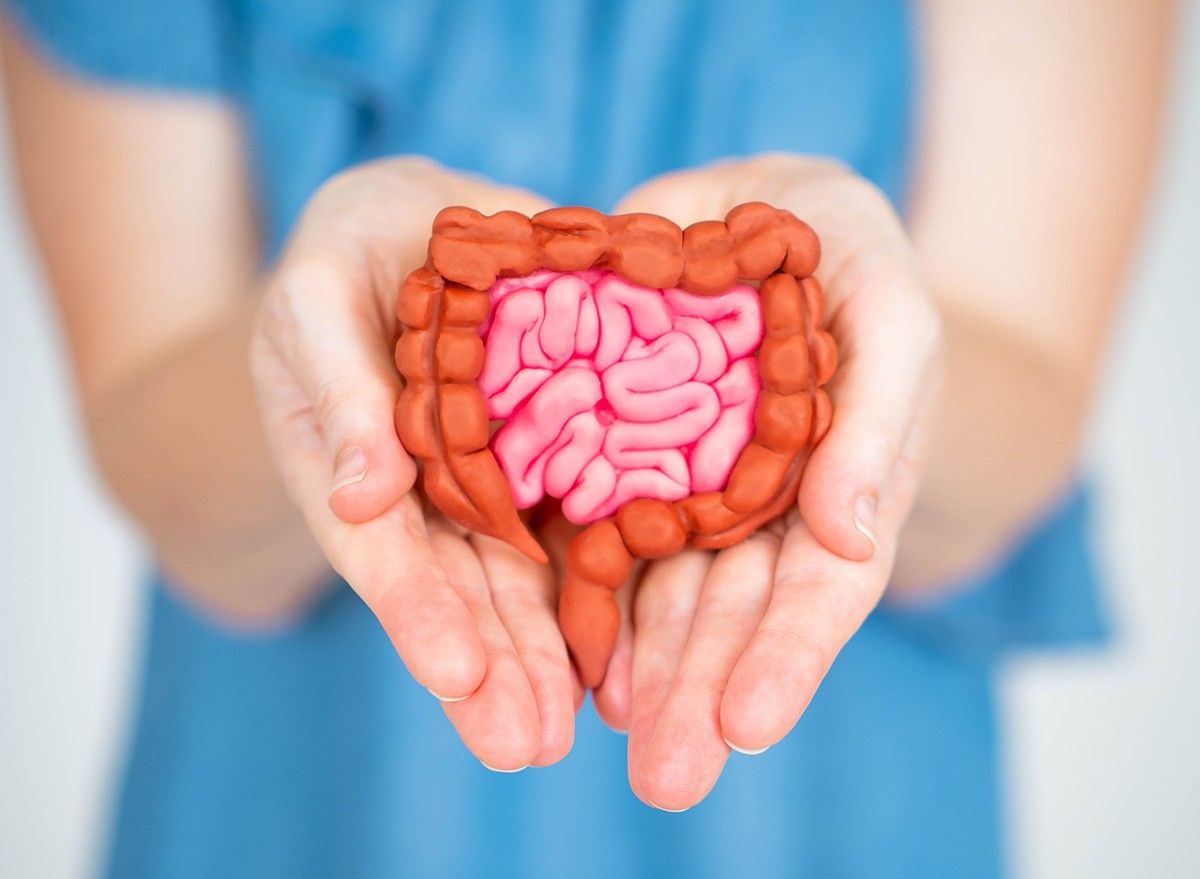
The pectin in apples acts as a prebiotic, encouraging the growth of healthy bacteria in the gut. The fiber in apples slows digestion, making them a satiating snack that helps keep you full. Apples also help with regular bowel movements.
Weight Loss

Apples are a low calorie food—one whole apple contains, on average, about 95 calories. This makes them a perfect snack to include as part of a weight loss regimen. Apples are also very hydrating as 85% of an apple is water.
Lowers Cholesterol
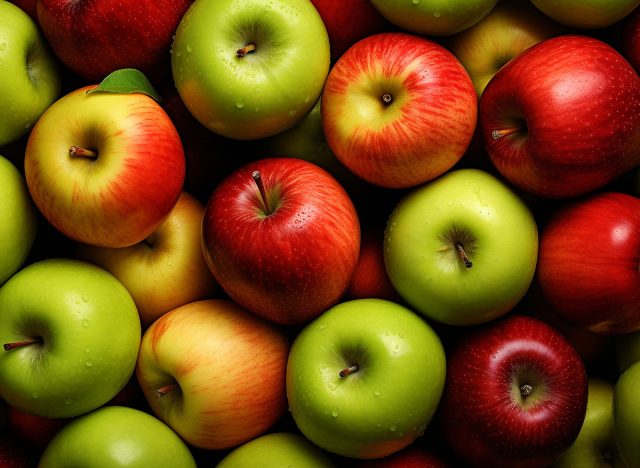
Apples are shown to help lower "bad" LDL cholesterol thanks to soluble fiber. "Soluble fiber can reduce the absorption of cholesterol into your bloodstream," according to the Mayo Clinic. "Five to 10 grams or more of soluble fiber a day decreases your LDL cholesterol."
Blood Sugar
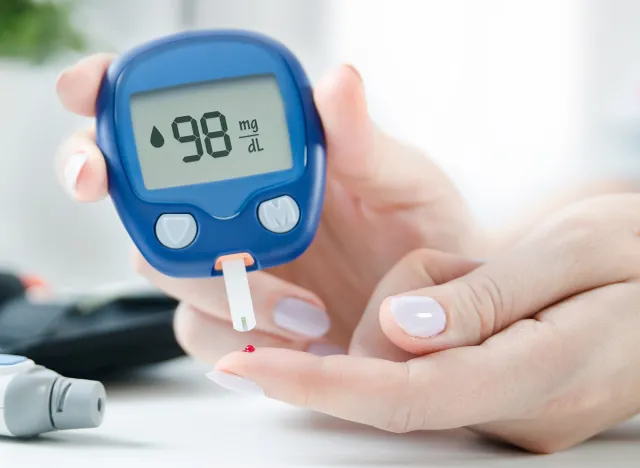
The fiber in apples helps stabilize blood sugar. "When you want something sweet, eat fruit instead of other stuff," according to Kate Kirley, MD, director of chronic disease prevention at the AMA. "The less you do to your fruit, the better. In other words, you don't need to juice it or blend it—just grab a piece of fruit and eat it! If it's hard to keep fresh fruit around, frozen fruit that doesn't have added sugar is also a great option."
Cancer Prevention

Apples have been shown to help prevent tumors and support cancer recovery. "Apples are one of the fruits that boast a large amount of dietary fiber and polyphenol compounds that partner with gut microbes to create an environment that may reduce one's risk of cancer," says the National Foundation for Cancer Research. "This environment is predicted to reduce the risk of several specific cancers, including lung, bowel, mouth, digestive tract, and breast tumors, when compared to people who do not consume apples regularly.
Blood Pressure
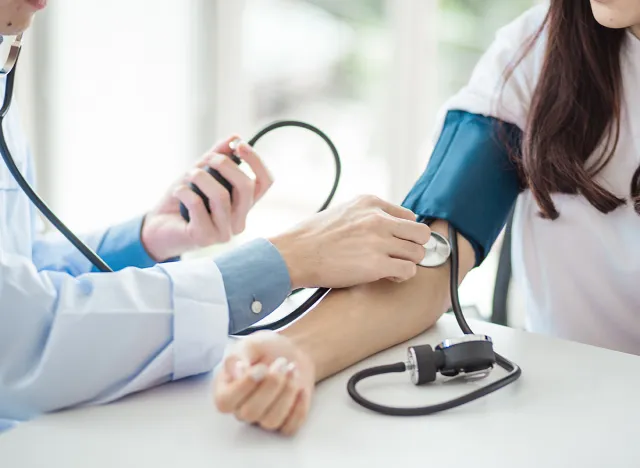
Research shows eating apples can help lower blood pressure. "A healthful diet is an effective first-line defense for preventing high blood pressure," says Harvard Health. "It is an excellent initial treatment when blood pressure creeps into the unhealthy zone, and a perfect partner for medications."
Lower Inflammation
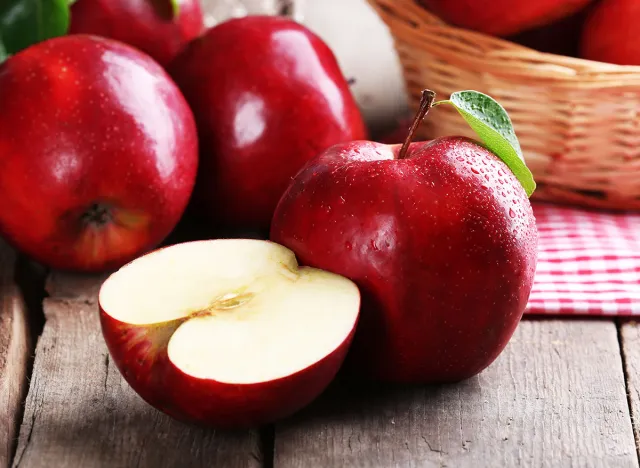
The fiber and quercetin in apples helps lower inflammation in the body. "Maybe it's true what they say about an apple a day. The star components of apples — fiber, vitamin C, pectin, and polyphenols — have been associated, primarily in animal studies, with anti-inflammatory effects and an increase in beneficial microbes in the gut," says Harvard Health.
Longevity

An apple a day can extend your lifespan, experts say. "One reason this fruit is so good for us is that the skin is packed with compounds called flavonoids, Dr. Michael Mosely tells the Daily Express. "Eating an apple a day has been shown to improve blood pressure, help people lose weight and has even been linked to a longer life."
Antioxidants
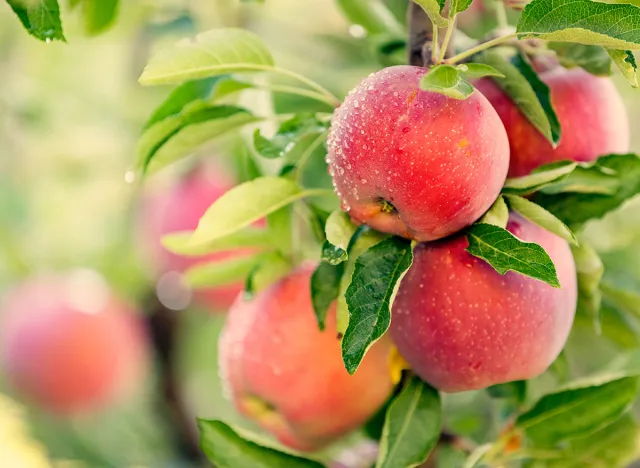
Apples are a rich source of antioxidants. "A medium apple averages about 6 milligrams of vitamin C, not much compared to the recommended daily intake of 75 to 90 milligrams for adults," Karen Collins, R.D., tells NBC News. "But scientists have now calculated the antioxidant power of that apple is equal to more than 1,500 milligrams of vitamin C. The vast majority of its antioxidants come from flavonoids."
Protection Against Obesity
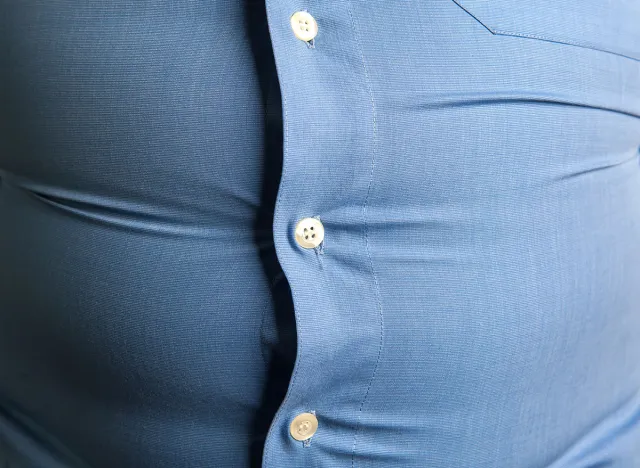
Apples contain non-digestible compounds that help prevent obesity, according to research. The best type is Granny Smith, researchers say. "The nondigestible compounds in the Granny Smith apples actually changed the proportions of fecal bacteria from obese mice to be similar to that of lean mice," says food scientist Giuliana Noratto.
💪🔥Body Booster: Eating the skin on an apple means you get more fiber.




